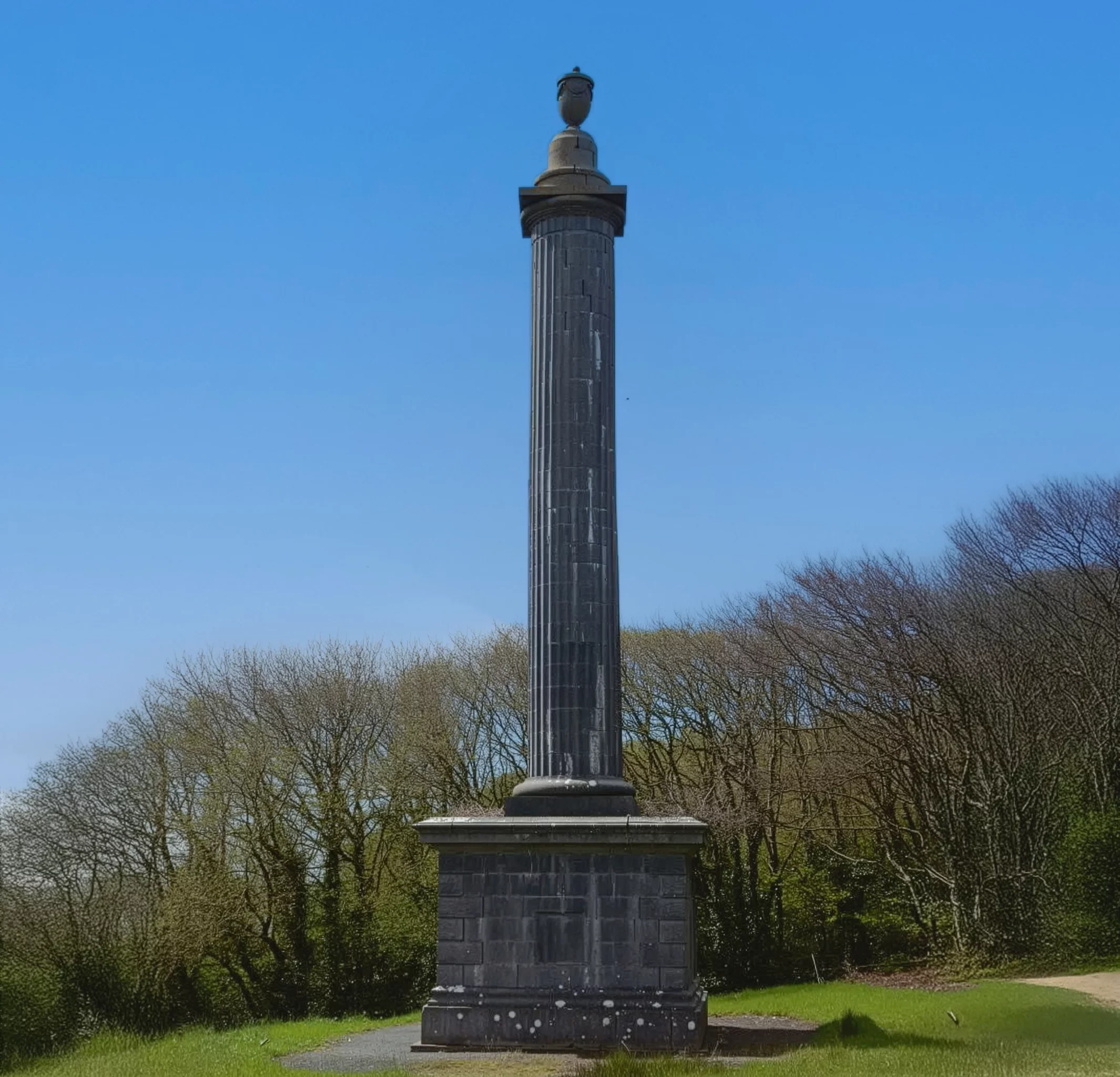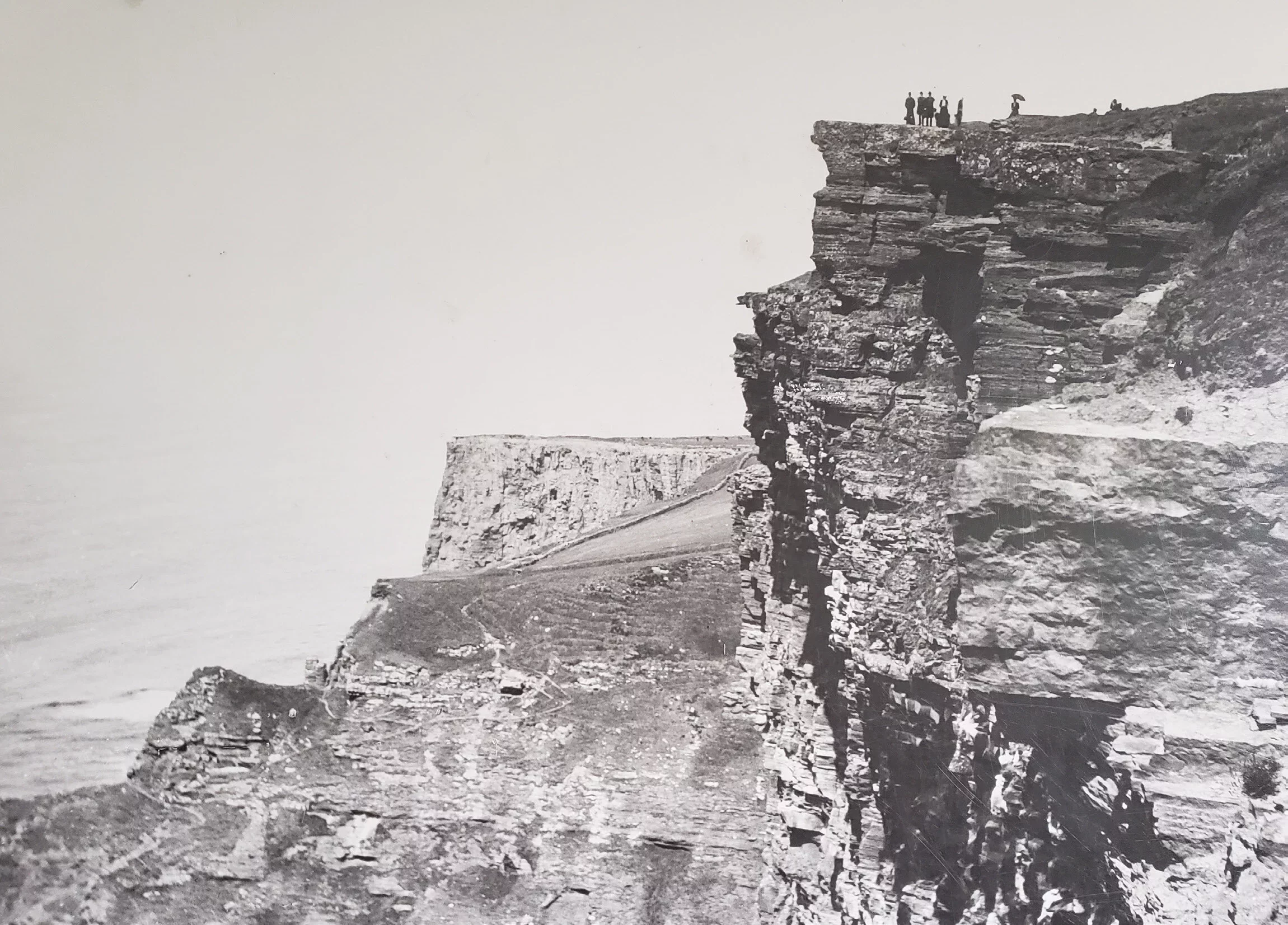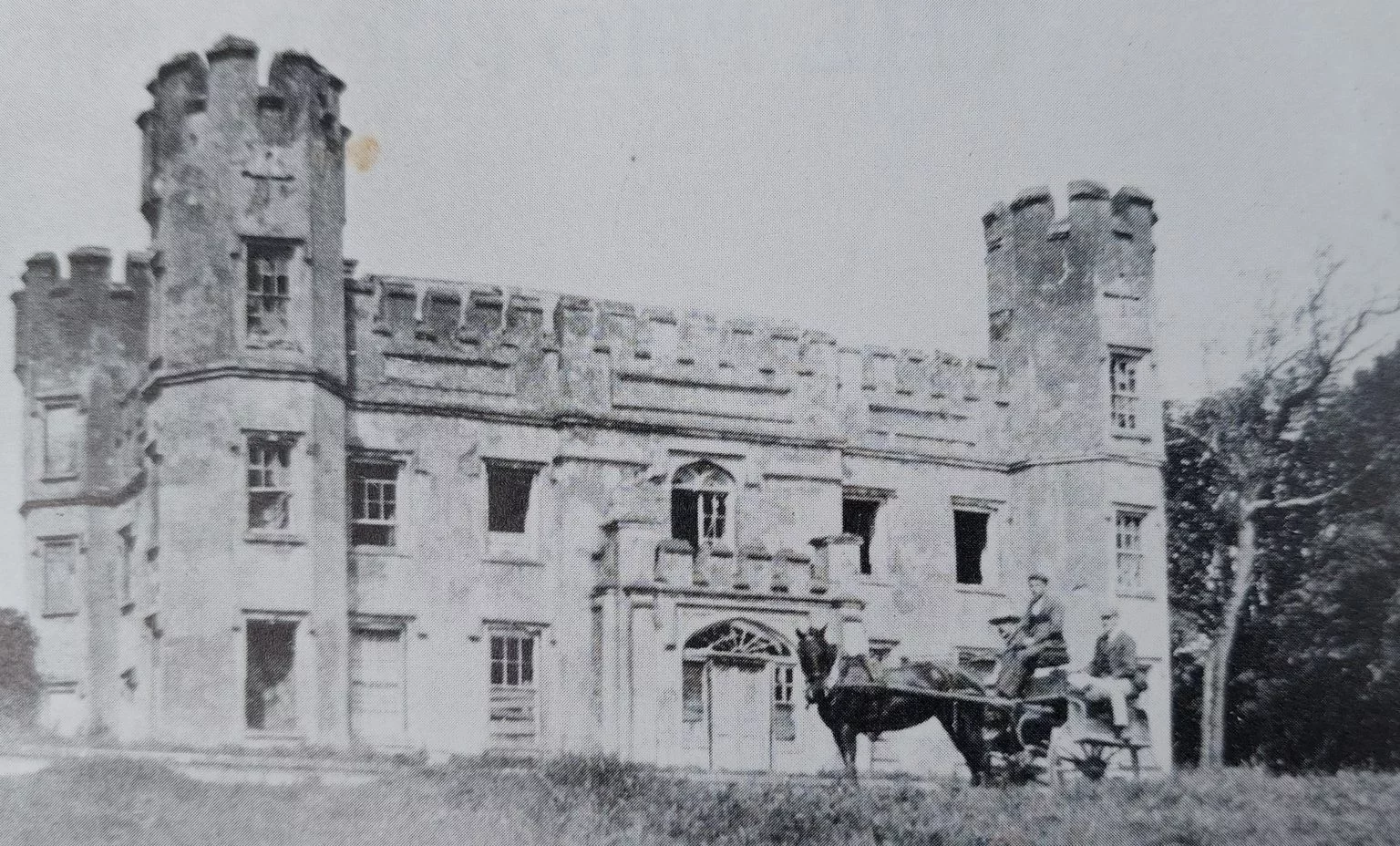The O’Brien Column - Power, Pride, and Stone at Liscannor

Travel a short way inland from Liscannor and you’ll find one of the village’s most curious monuments: the O’Brien Column, a tall stone pillar that rises above the countryside like a sentinel. On first glance, it might seem like just another ruin, but behind it lies a story of clan pride, stone wealth, and the politics of display in 18th- and 19th-century Clare.
The O’Briens of Liscannor
The O’Briens were among the most powerful families in Clare, descendants of the High King Brian Boru. By the 17th and 18th centuries, different branches of the family controlled estates around Liscannor and Ennistymon. Though Ireland was by then under firm English control, the O’Briens clung to both wealth and status, keen to remind the world of their ancient lineage.
The quarries around Liscannor gave them both an income and a stage. Stone was money, stone was power, and in an age when landowners wanted monuments to prove their prestige, Liscannor Stone was the perfect medium. It was durable, dramatic, and — perhaps most importantly — local.
The Building of the Column
The O’Brien Column (sometimes called the O’Brien Monument) was erected in the late 18th century, likely commissioned by Cornelius O’Brien, the same flamboyant landlord who later built O’Brien’s Tower at the Cliffs of Moher (1835). Cornelius was a showman: a landlord who wanted to put Clare on the map, while also cementing his family name in stone.
The Column was meant as both a folly and a statement. Rising out of the countryside, it didn’t serve a practical function — it wasn’t a watchtower or church spire — but rather a visible sign of the O’Briens’ wealth and their command of the land. Locals joked that it was a “pillar of pride,” built so that Cornelius could admire himself in stone and remind tenants who held power over them.
Stone, Labour, and Gossip
The Column, like many O’Brien projects, was built from local Liscannor Stone — cut, hauled, and stacked by quarrymen from the surrounding hills. Oral tradition says labourers muttered that while they broke their backs cutting slabs, the O’Briens strutted about boasting of their “grand works.” One story even suggests that workers were paid in drink as much as in coin, a practice not unusual for the time.
Gossip also clings to Cornelius himself. He was remembered as both eccentric and generous — credited with creating jobs for the poor through his stone follies, but also accused of vanity. Some Clare folk said he built towers “so the world would never forget his name,” and that he liked the idea of strangers asking, “Who built that?”
A Pair with O’Brien’s Tower
The O’Brien Column is often overshadowed by O’Brien’s Tower, the round stone folly he built at the Cliffs of Moher in 1835. That tower was designed as a tourist viewpoint, catering to the rising fashion of scenic tourism. Cornelius was a master of publicity: he charged visitors a fee to climb his tower, funnelling money back into his estate while polishing his reputation as a man of vision.
Seen together, the Column and the Tower tell us a lot about landlord culture in 19th-century Clare. These weren’t defensive castles of old — they were status symbols, physical boasts in stone, part philanthropy, part performance.
Decline and Ruin
By the late 19th century, both monuments were weathering into ruin. The famine years had devastated Clare, tenant unrest grew, and the landlord class’s grip weakened. Cornelius O’Brien himself died in 1857, remembered by some as a benefactor, by others as a showman. The Column remained as a curiosity, its purpose long forgotten by many, but its stones still speaking of the wealth, ambition, and ego of its age.
Why it Matters
The O’Brien Column is more than a ruin. It is a piece of gossip in stone — a reminder that monuments are not just built for beauty or faith, but for status, pride, and power. For Liscannor, it ties directly into the story of the quarries: the same stone that paved London streets and built village hearths was also raised into pillars of landlord vanity.
To stand before the Column today is to see not only a relic of architecture, but a stage where ambition and labour played out: quarrymen sweating in the pits, tenants watching a landlord carve his name in stone, and the O’Briens determined that their family legacy would tower — quite literally — above the land.
Other Heritage sites

Liscannor Stone -Fossils, Flagstones, and a Village Built on Rock
In the 1800s, Cornelius O’Brien promoted its use in projects around the Cliffs of Moher, providing vital local employment. By the late 19th and early 20th centuries, stone from Liscannor was shipped abroad through the village harbour, valued for paving and buildings in cities far beyond Clare. Today, Liscannor Stone continues to be admired worldwide, linking the village’s past to its present and keeping its reputation alive as one of Ireland’s most famous building stones.

Birchfield House — The O’Briens’ Country Seat
Built in the late 18th century, Birchfield House was a Georgian country residence of the O’Brien family, once at the centre of estate life near Liscannor. Its balanced façade, sash windows, and surrounding demesne reflected the refinement of Ireland’s “Big House” era, even as its prosperity rested on the rents and labour of local tenants. Though time has softened its grandeur, Birchfield endures as a vivid reminder of landlord power, family legacy, and the shifting fortunes of rural Clare.
Ready to Explore Liscannor?
Questions? Need directions or recommendations? We’re here to help you make the most of your time in Liscannor.